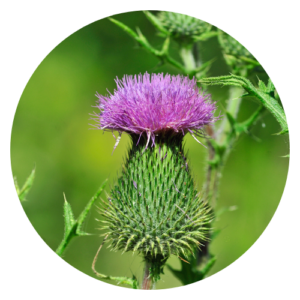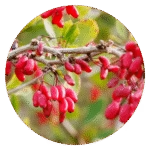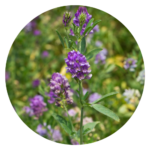Alterative: Supports gradual detoxification, helping restore balance and clear metabolic waste.
Anti-inflammatory: Reduces inflammation in skin, joints, and internal tissues.
Antioxidant: Protects cells from oxidative damage, promoting healthy aging and organ function.
Antimicrobial: Helps fight bacteria and fungi, supporting skin health and immune defense.
Diuretic: Promotes urine flow, aiding in the removal of toxins and excess fluid.
Hepatic: Supports liver health and function, enhancing detoxification.
Lymphatic: Stimulates lymph flow, aiding in the removal of waste and reducing congestion.





